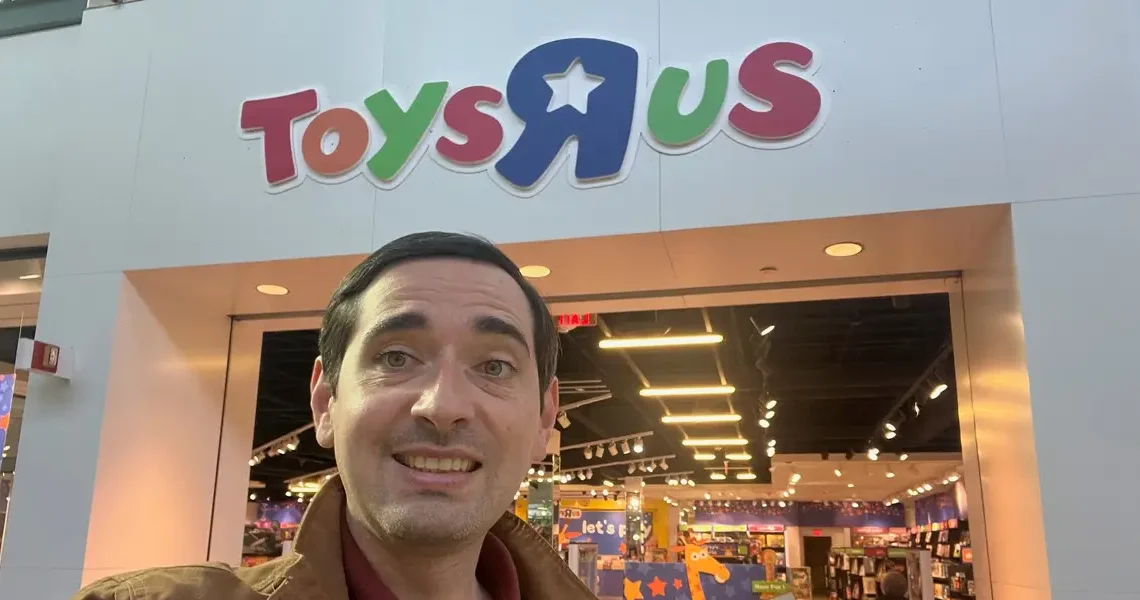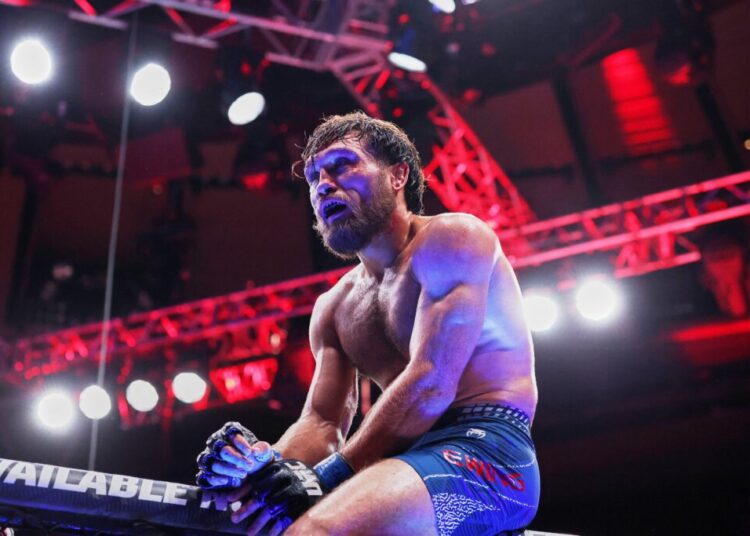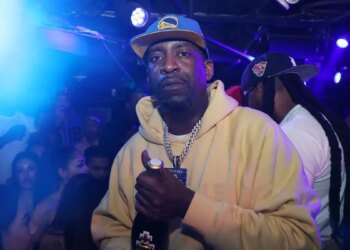Toys R Us is back — well, sort of.
Children of the ’90s and early 2000s are likely familiar with the chain’s backward R and giraffe mascot. Like many retailers, however, Toys R Us struggled to navigate the world of e-commerce, and eventually closed all of its US locations in 2018 after filing for bankruptcy protection.
But, while the Toys R Us stores of the past may be gone, the brand has gotten a revival under new management. Some in the retail world refer to such stores as “zombie brands.”
That’s because WHP, a brand management company, holds a controlling stake in Toys R Us’ parent, and it has been using the chain’s name and other intellectual property, such as Geoffrey the Giraffe, in its new stores. Those include a flagship location in the American Dream mall in New Jersey as well as stores-within-stores in some Macy’s department stores. WHP and Go! Retail Group, the company that operates the store, did not respond to a request for comment.
The latest additions include eight new flagship stores and 20 seasonal locations that are opening for the holiday shopping season, the company said last month.
I wanted to see what it’s like to shop at one of these new Toys R Us stores. Here’s what I found.
I visited this Toys R Us seasonal store in Columbia, Maryland.
I visited this Toys R Us store on a Wednesday afternoon. It’s located about a 50-minute drive from central Washington, DC.
The store is only around for the holiday shopping season.
This store isn’t a year-round fixture. It opened a few weeks before I visited with the goal of serving customers “during the busiest shopping months of the year,” Go! Retail Group, the company that operates the store, says on its website.
The Toys R Us branding was immediately evident.
This display was the first thing I saw as I walked into the Toys R Us store. With the chain’s trademark giraffe and slogans like “I don’t wanna grow up,” it was clear that the operators were trying to make the most of the Toy R Us brand.
One thing I didn’t expect: Toys R Us had lots of calendars.
There was a wide selection of calendars at the Toys R Us location I visited.
It’s not what I expected to see at Toys R Us, but it makes sense: Besides operating these seasonal stores, Go! Retail also has multiple calendar brands in its portfolio.
The calendars took up a whole wall at Toys R Us.
In fairness, if you were looking for a 2026 calendar, this was a good selection. Toys R Us had calendars with themes from the Green Bay Packers to Taylor Swift.
There were also, predictably, plenty of toys.
After browsing through dozens of calendars, I headed to the rest of the store, where I found a wide range of toys.
Many of the toys referenced current TV shows and trends …
I could imagine Toys R Us selling lots of these Bluey dolls, given how popular that show is with young kids.
… while others seemed to be aimed at older customers looking for nostalgia.
Hulk Hogan, who died in July at the age of 71, probably isn’t a well-known figure among the Gen Alpha kids whom I imagine Toys R Us is targeting.
But I could see this figurine bringing back memories for people who grew up in the ’80s and ’90s, when Hogan was at the peak of his wrestling career.
There was also a selection of manga toys, such as these figurines from “One Piece.”
This particular Toys R Us seemed to be a fraction of the space of the stores that I remember from 20 years ago. That said, the selection is impressive.
I also saw simpler toys that reminded me of my childhood.
Besides all the branded action figures, there were also dominoes, board games, and pretend food sets, such as this pizza.
Some of the prices at Toys R Us seemed high.
This toy metal detector was selling for $84.99 — almost as much as some entry-level professional models from other brands cost. It was one example of a theme I observed while walking around the store: almost everything seemed as costly or slightly more expensive than comparable items at other stores, such as Target and Walmart.
And, if you count more discount-oriented chains, such as Five Below, Toys R Us seemed especially pricey. Given that many shoppers are trying to save money this holiday season, I wondered what exactly Toys R Us’ strategy is.
Toys R Us probably needs more than nostalgia in the long run.
For 20- and 30-somethings, the Toys R Us name means something. It’s that store that you used to beg your parents to take you to — and that used to command roughly a quarter of the toy market.
But after its bankruptcy, Toys R Us is clearly a much smaller company. And symbols of the brand, such as these Geoffrey the Giraffe toys, don’t mean as much to Gen Z or Gen Alpha as they do to millennials.
Overall, I was left wondering how this Toys R Us store fits into the modern retail world.
Toys R Us lost market share as it tried to compete with big-box stores and online-only retailers. As I left this revival store, I didn’t see anything that gave me a reason to return — or anything that might give Toys R Us a shot at clawing back some of the toy market share.
If I need a fun calendar for next year, though, I know where to go.
Do you work in retail and have a story idea to share? Contact this reporter at [email protected].
Read the original article on Business Insider
The post I went to Toys R Us. It was strange — and shows what can happen to ‘zombie’ retail brands after bankruptcy. appeared first on Business Insider.




